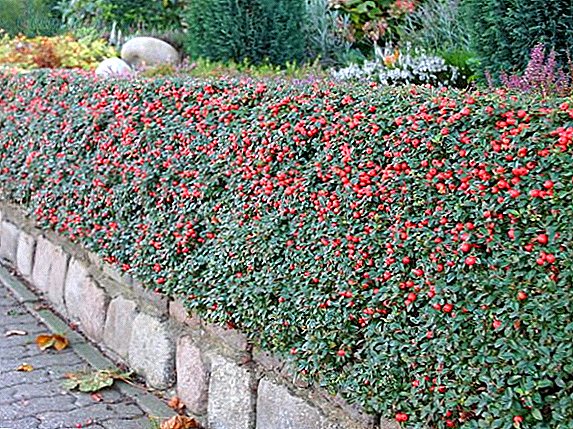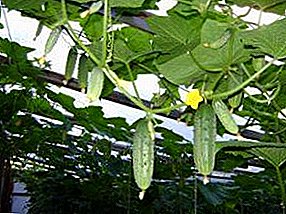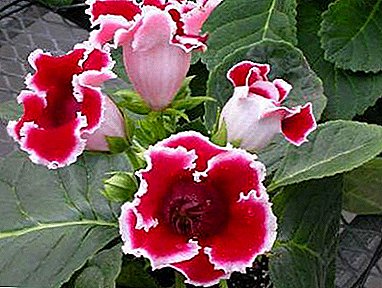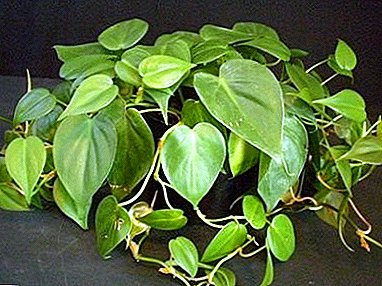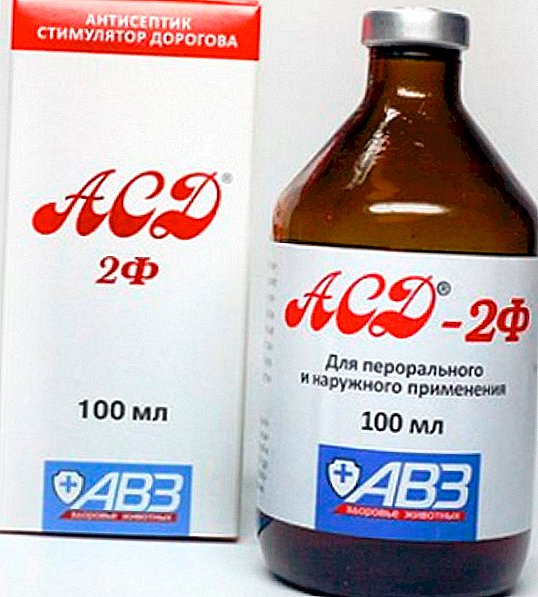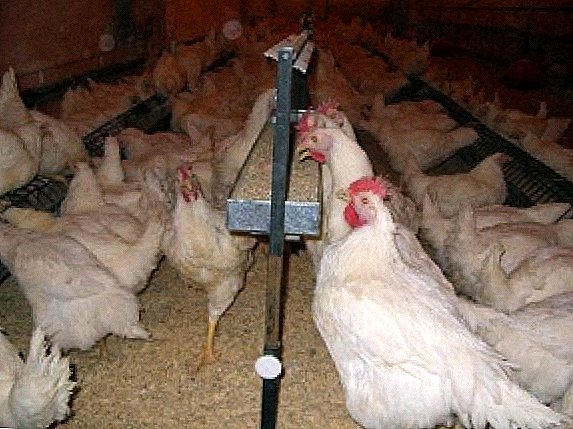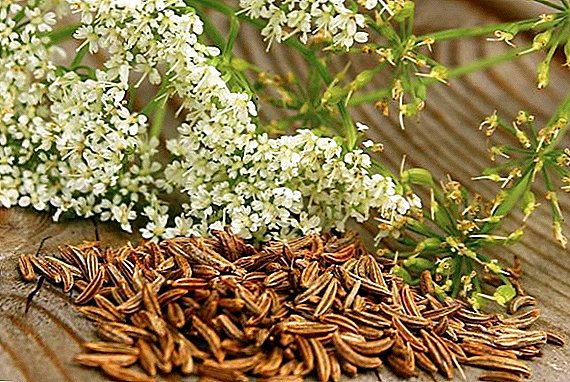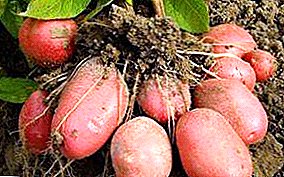
Potato variety Repanka is a potato popular in the central and southern Russian regions. It is actively grown in private household farms and on farms.
The variety is not included in the State Register, however, we love it for yield, early ripening and good taste of root crops.
Description of the variety and its characteristics can be found in this article.
Variety description
| Grade name | Repanka |
| general characteristics | popular potato folk breeding |
| Gestation period | medium early |
| Starch content | 11-15% |
| Mass of commercial tubers | 100-130 gr |
| The number of tubers in the bush | 10-15 |
| Yield | up to 400 kg / ha |
| Consumer quality | good taste, strong cooking |
| Recumbency | 95% |
| Skin color | light yellow |
| Pulp color | yellow |
| Preferred growing regions | any soil and climate |
| Disease resistance | resistant to major diseases of the nightshade |
| Features of growing | yield depends on weather conditions and nutritional value of the soil |
| Originator | not listed in the State Register |
- tubers are quite large, weighing from 100 to 130 g;
- oval or round-oval shape, slightly flattened;
- tubers are even, neat, without potholes and hillocks;
- the peel is light pink or pink-red, evenly colored, smooth, moderately thin;
- eyes superficial, shallow, few, darker pink shade;
- the pulp on the cut is yellow or cream;
- starch content is moderate, ranging from 11 to 15%;
- high content of protein, valuable amino acids, vitamins, beta carotene.

Potato Repanka feature
Potatoes Repanka - medium early variety, common in regions with warm climates. Good yield, 10-15 selected large tubers are formed under each bush.
In the table below you will find information on the number of tubers and their weight in other potato varieties:
| Grade name | The number of tubers in the bush (pc) | Tuber weight (g) |
| Repanka | 10-15 | 100-130 |
| Bryansk delicacy | 12-15 | 75-120 |
| Ariel | 10-15 | 80-170 |
| Artemis | 11-15 | 110-120 |
| Borovichok | 9-14 | 120-200 |
| Giant | 8-13 | 100-120 |
| Tuscany | 7-11 | 90-125 |
| Yanka | 6-11 | 80-100 |
| Purple Haze | 7-10 | 90-160 |
Non-trade little stuff a bit. In adverse years, the occurrence of ugly tubers. Assembled the harvest is well kept, for a long time without losing excellent consumer properties. Potatoes are suitable for sale, large, neat root crops attract the attention of buyers.
Read more about how to store potatoes in the winter, on the balcony, in drawers, in the refrigerator, peeled. And also what are the terms, temperature and possible problems.
The bush is low, but rather sprawling, half-upright, with abundant formation of green mass. Lush green protects plants from the hot sun and maintains a normal level of moisture in the soil.
Leaves are medium-sized, dark green, slightly wavy, intermediate type. The corolla is compact, large flowers quickly fall off without tying berries. The root system is well developed.
Lush tops protects plants from drought and does not allow weeds to grow. To increase yields it is recommended to water the bushes, single dressing with mineral complexes or organic is possible.
Potatoes resistant to major diseases Solanaceae: potato cancer, golden cyst nematode, common scab. Rarely affected by viruses.
Tuber taste good: saturated, not watery and not dry. The moderate content of starch does not allow root crops to fall out, potatoes retain a neat shape. It can be cooked, deep-fried, baked, stuffed. Perhaps the preparation of a beautiful creamy yellow mashed potatoes.
Origin
Potatoes Repanka - the popular name, often it refers to different varieties of potatoes. Most often Repankoy called the variety of national breeding, widespread among gardeners lovers.
The name hints at the appearance of tubers, slightly resembling a turnip with bright yellow flesh, the size and rounded shape of tubers. According to another version, the name of the variety was given by scaly skin.
In the State Register of the Russian Federation variety is not included, but seed material is actively distributed among gardeners. Repanka is common in the Central, Central Black Earth regions, often found in southern Russia and Ukraine and other regions.
A photo
The photo shows potato Repanka:



Advantages and disadvantages
Among main advantages varieties:
- pleasant taste of tubers;
- good yield;
- early amicable ripening;
- disease resistance;
- drought tolerance;
- tolerance to short frosts.
The disadvantages of varieties include - dependence of yield on weather conditions and nutritional value of the soil. Read more about how to feed potatoes, how and when to apply fertilizer, how to do it when planting.
You can compare the yields with other varieties in the table below:
| Grade name | Yield |
| Repanka | up to 400 kg / ha |
| Blue Danube | 350-400 c / ha |
| Pretty boy | 170-200 c / ha |
| Manifesto | up to 700 kg / ha |
| Vega | 170-280 c / ha |
| Svitanok Kiev | up to 460 c / ha |
| Romano | 700-800 centners / ha |
| Lapot | 400-500 c / ha |
| Tiras | 210-460 c / ha |
| Colombo | 220-420 c / ha |
| Lugovskoy | up to 510 c / ha |
Features of growing
Potatoes can be planted in the second half of April or closer to the beginning of May. It all depends on the climatic conditions of a particular region. In dry areas with planting is better not to tighten, but the soil should warm up.
For planting are selected even medium-sized tubers, not affected by pests. Some gardeners prefer to plant non-commodity fines, it does not degenerate, guaranteeing good yields.
Cutting roots is not recommended, it reduces their quality. Before planting, seed is pickled, soaked in a growth stimulator, dried and germinated in the light.
Shrubs are placed at a distance of 30-35 cm from each other. Old humus or wood ash is laid out in advance in the wells. In temperate climates, planting can be avoided; in a hot, dry summer, drip irrigation is recommended.
During the season, potato bushes can be fertilized 1-2 times with diluted mullein or full mineral fertilizer. Useful and single spraying with an aqueous solution of superphosphate. It is better to carry out such extra root top dressing in 10 days prior to harvesting.
One-time hilling is enough. 7-10 days before harvesting, it is recommended to cut off all the tops, so that the tubers have time to grow and accumulate a maximum of useful substances.
The harvested potatoes are dried at the border or under a canopy, sorted and cleaned for storage. Seed for the next year is stored separately.
On how to grow early potatoes, as well as how to get a crop without hilling and weeding, read the articles of our website.
Diseases and pests
 The variety is sufficiently resistant to the main diseases of the nightshade. He practically does not suffer from common scab, potato cancer, golden nematode. Dressing protects the tubers from rot: gray, root, apical.
The variety is sufficiently resistant to the main diseases of the nightshade. He practically does not suffer from common scab, potato cancer, golden nematode. Dressing protects the tubers from rot: gray, root, apical.
Pre-treatment of the soil will help prevent infections: loosening, careful removal of plant residues, spilling disinfectants. Timely spraying with copper-containing preparations protects bushes from late blight.
Read also about Alternaria, Fusarium, Verticillium wilt.
Potatoes often suffer from pests: cicadas, spider mites, wireworms. For prevention, it is recommended to change the landing site every few years.
 As with any potato, Repank may require protection from the Colorado potato beetle and its larvae.
As with any potato, Repank may require protection from the Colorado potato beetle and its larvae.How to use in the fight against pest folk remedies and chemicals, read the articles on our website.
The best precursors for potatoes will be legumes, carrots, radish, cabbage. Affected plants are treated with industrial insecticides or non-toxic bio-preparations.
There are many different ways to grow potatoes. We will introduce you to the main ones: Dutch technology, cultivation under straw, in bags, in barrels, in boxes.
Below in the table you will find links to articles on potato varieties ripening at different times:
| Middle late | Medium early | Late-ripening |
| Aurora | Black Prince | Nikulinsky |
| Skarb | Nevsky | Asterix |
| Courage | Darling | Cardinal |
| Ryabinushka | Lord of the expanses | Kiwi |
| Blue | Ramos | Slav |
| Zhuravinka | Taisiya | Rocco |
| Lasock | Lapot | Ivan da Marya | Magician | Caprice | Picasso |


